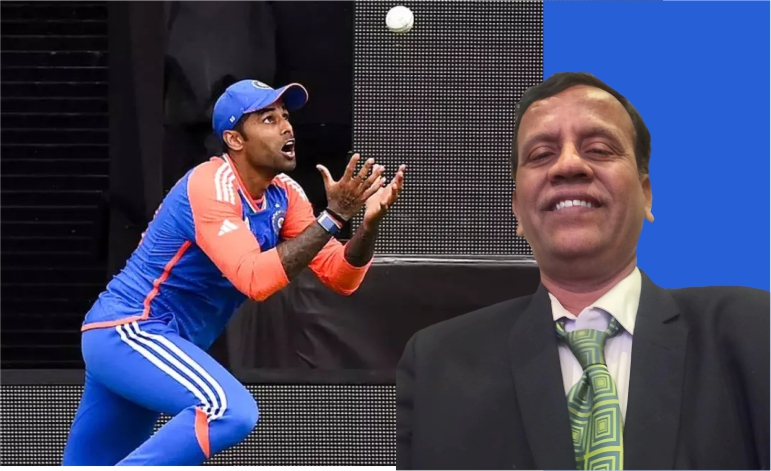Reading Betweenthe Lines: A Teacher’s Tale of Dyslexia

As a teacher who’s spent years navigating the colourful, sometimes chaotic world of dyslexia, I’ve learned that every child’s mind is a unique universe. Dyslexia, one of those tricky Specific Learning Disabilities (SLDs), is like a mischievous Chotta Bheem who sneaks into a child’s brain and jumbles up letters, sounds, and sometimes even time itself!
Now, before you picture a classroom full of struggling students, let me tell you a secret: these kids are often the brightest lamps in the festival of lights. They are just wired differently, and it is our job to find the right switch to light them up.
Dyslexia is a neurobiological party crasher that affects reading, writing, and spelling. But here’s the kicker – it can also mess with organization, time management, abstract reasoning, attention, and memory. It’s like a Swiss Army knife of challenges, but fear not! Early detection is our superhero cape in this story.
So, what should you look out for? Well, it’s like being Inspector Durai Singam in your own classroom or home. Here are some clues:
- Speech and Language delayed speech development, difficulty in articulating words or sounds and struggling to find the right words.
- Reading and Writing difficulty in recognizing and remembering words, slow or labored reading, trouble with spelling and sequencing
- Phonological Awareness struggling to rhyme and blend sounds, difficulty to identify beginning and ending sounds for the given words
- Memory and Organization trouble remembering instructions, names, and dates. Difficulty with planning and time management.
- Visual Processing trouble recognizing shapes, colours or patterns. Struggle with left-right orientation.
- Auditory Processing struggling to distinguish between similar sounds, difficulty with background noise or following instructions.
- Fine Motor Skills difficulty with eye hand coordination or dexterity, trouble with using scissors, manipulating zippers, threading beads etc.
- Attention and Focus Struggles to stay on task, difficulty with transitions.
- Social-Emotional difficulty with self-expression or self-confidence, struggles to understand social cues or develop friendships
Now, here’s the plot twist – having these signs doesn’t automatically mean a child has dyslexia. It’s more like a “proceed with caution” sign on the busy road of learning.
Remember, these wonderful kids often have average or above-average intelligence. It’s like they’re driving a Ferrari, but the GPS is on the fritz. Our job is to help them recalibrate and find their way.
Dyslexia is a lifelong companion, but with the right support, these kids can soar higher than you’d believe. The world has seen struggling readers become published authors and confused mathematicians turn into successful engineers.
So, let’s embrace the beautiful chaos of dyslexia. After all, in a world that’s constantly changing, who better to lead the way than those who see things differently?








Very informative article and more of such awareness should be given to the society for the betterment of the next generation.
Need of Hour
Awareness program and informative too.
I’m Malathi Santhosh
Proud to be part of our club and associate with you sindhu.